Ventilation Matters: Advanced HVAC for Any Shooting Range
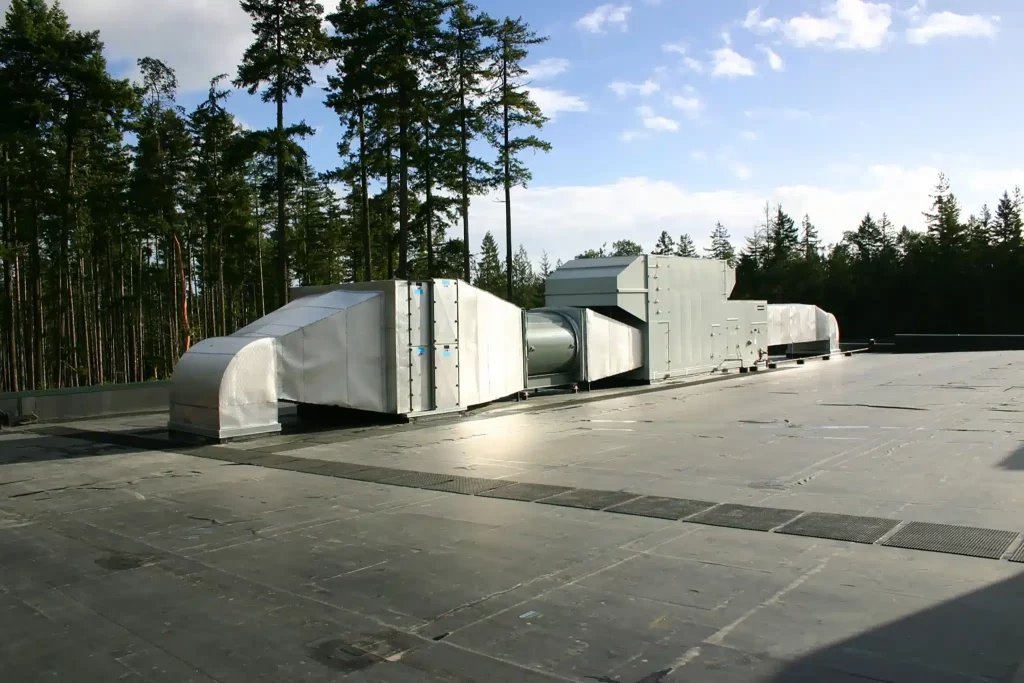
The importance of a good ventilation system in a shooting range cannot be overstated. Upgrade your shooting range HVAC with Action Target. Introduction Shooting ranges have become more than just a place to practice one’s aim. They serve as community hubs, entertainment centers, and places where firearm safety is taught and practiced. With the global […]
The 411 on Shooting Range Ventilation
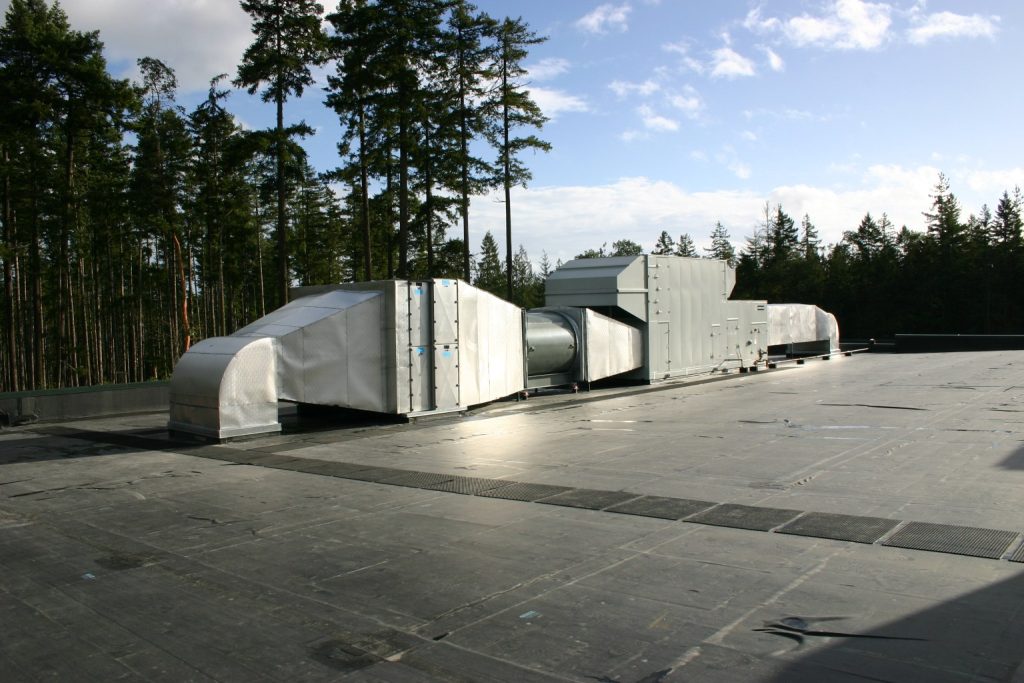
Ventilation is one of the most important aspects of an indoor shooting range. However, many misconceptions and contradictory information exist on the topic. As a range owner, it can be difficult to know what information is accurate and what the most important aspects of range ventilation are. Here are a couple common misconceptions debunked: Misconception […]
New Miami Gun Range Promises a Unique Experience
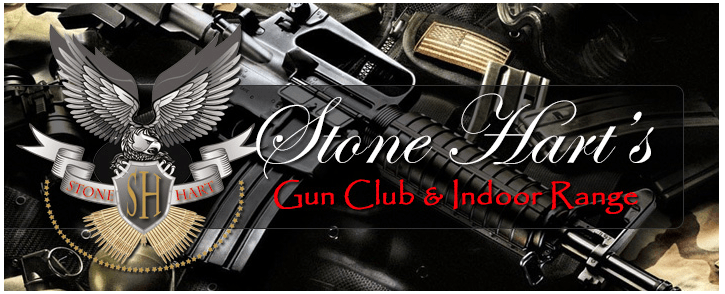
Stone Hart’s Gun Club & Indoor Range focuses on being clean and friendly Stone Hart’s Gun Club & Indoor Range has teamed with Action Target to build a progressive shooting range families can enjoy. Located near the Kendall-Tamiami Executive Airport, the new facilities include a firearm and ammo retail store, two indoor shooting ranges and […]
Indoor vs. Outdoor Shooting Ranges: What You Should Know Before You Start Building
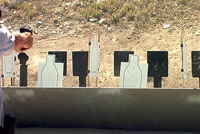
By Chris Hart, Action Target Range Consultant Everybody has their own preference when it comes to shooting ranges. Some people like the open-air feel of an outdoor range where they can shoot steel targets at 500 yards while others prefer the air conditioned comfort of indoor ranges where target distance can be controlled with the […]
Dust Collection Technology on the Range

Action Target has worked closely with Carey’s Heating and Cooling to provide industry-leading ventilation systems that improve the safety of ranges around the country. However, it is sometimes unclear as to why ventilation systems are needed in the first place. For this reason, this week’s Action Target Journal explains why such systems are essential in […]
Action Target Completes New Shooting Range and Retail Store in Piney Flats, TN
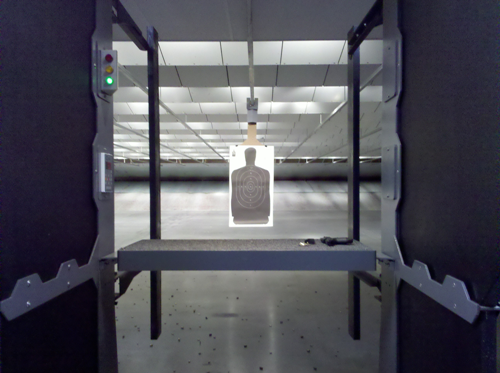
Action Target is excited to announce the completion of the Shooters Edge Commercial Shooting Range and Retail Store located in Piney Flats, TN. This facility offers 5 Star accommodations and a clean and well designed atmosphere with extraordinary customer service. Having the help and dedication of Joseph Bush, Don Reimer, Action Target Great Lakes Territory Manager […]
Reducing Lead & Noise at Indoor Firing Ranges
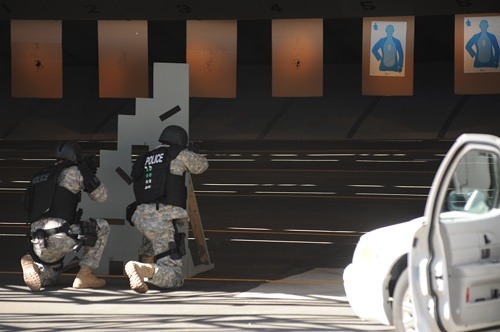
A major concern when shooting at an indoor range is the contained nature it requires and the hazards present. Workers and users of indoor firing ranges may be exposed to hazardous levels of lead and noise. The National Institute for Occupational Safety and Health (NIOSH) recommends steps for workers and employers to reduce exposures. According […]
Range Training – Orlando Police Department
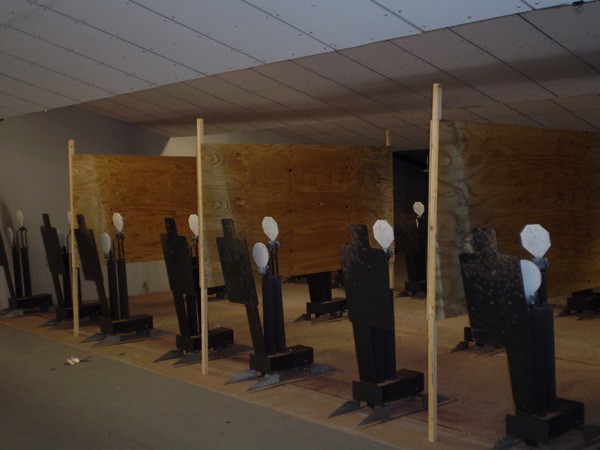
A little over a year ago, the Orlando Police Departments Indoor Shooting range opened for firearms training. The range is a total of 55 lanes and is broken up into 3 separate training bays. Bay #1 is a 20 lane, 50 yard long shooting distance that includes Tactical ceiling baffling, a High Power Rifle rated […]
Product Partnership
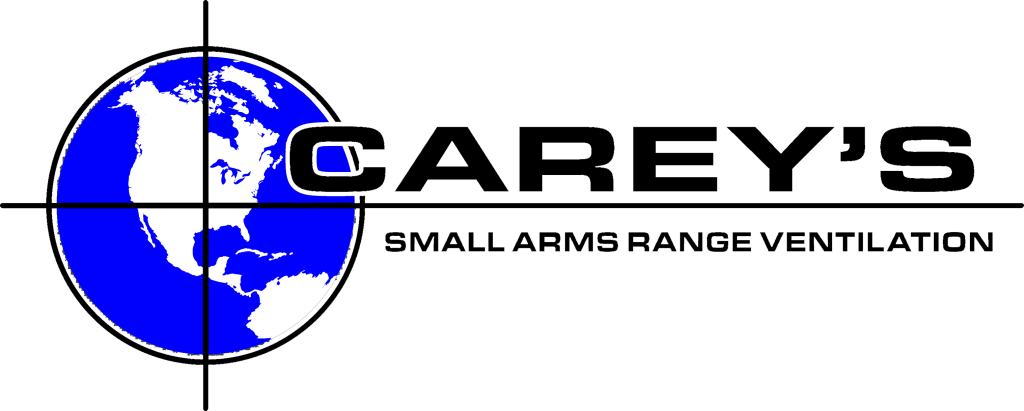
Action Target believes only the best of everything should be associated with all we do. One example of our continuous search for the best is our partnership with Carey’s Heating and Air Conditioning, Inc. After extensive review, we have aligned ourselves with Carey’s to use their heating, air conditioning and ventilation systems in order to […]